What Is Chocolate?
DANIEL RUTZ OF EVERYDAY WINES SHARES THE BASICS ON THE INTOXICATING SUBSTANCE .... CHOCOLATE
As this collaborative column starts off it’s probably a good time to answer the question “what is chocolate?” It should be a straight-forward answer, but just look at the authors of this column.
Two are chocolate producers, one who starts with the raw beans and makes what we typically think of as chocolate, just on an entirely different level; another who taps into the healing qualities of raw (not roasted) cocoa to make traditional remedies.
The other two are retailers, one who makes and offers an incredible array of delicious chocolates; and me, who carries what has come to be known as “bean-to-bar” chocolate from small U.S. producers.
Since there are so many things that “chocolate” can be, let’s start with some basics. What we usually think of as chocolate is the fruit of the cacao tree that is processed with sugar. Cacao and sugar, that’s basically it. But there is a lot that goes in to getting it to that point.
Here are the steps, although very few of them are mandatory. There are several producers working with “raw” (not roasted) cacao. There are many that don’t refine or “conche” their chocolate, creating a more historic, coarse chocolate.
The Tree
Cacao is a small tree that is native to tropical Central and South America. The vast majority of chocolate is made from the Forastero variety, which is hearty but whose flavor is not as layered and complex as the other two main varieties, Trinitario and Criollo.
Trinitario is a cross between Forastero and Criollo and, while heartier than the Criollo, still doesn’t have the long, complex flavor.
Criollo, while less “chocolaty” upfront, has much more complex flavor throughout. It accounts for less than 5% of cacao planted.
Growing
Cocoa originated in Meso-America but is now grown around the world between 20ºN and 20ºS latitude. Some producers scour the globe looking for unique varieties and new experiences. However, the vast majority of cacao comes from West Africa.
Fermenting & Drying
Cocoa pods are harvested and split to reveal the cocoa beans. At or near the farm, the beans are carefully fermented❉ and then dried. This is one of the mandatory steps, all chocolate uses fermented and dried cacao beans.
❉There is a sweet white pith surrounding the beans; it is the cause for fermentation. The pith is pretty tasty on it’s own, can be fermented into a kind of wine and can be used for other products such as syrup.
Shipping & Sorting
The dried cocoa beans are then bagged and shipped to chocolate makers. Once there, the beans are sorted, cleaned and debris removed.
Roasting
The heat and length of the roast is vital to the final flavor of the chocolate. Small producers❉ will often adjust the roast for the type of bean and even the harvest vintage of the beans.
❉ The term “bean-to-bar” is often used for small producers who start with the fermented beans to make chocolate from scratch. There are also many small “chocolatiers” who make chocolates, such as barks and bon bons, from “chocolate couverture”. Couverture is bulk slabs of chocolate made by a chocolate producer, sold to the chocolatier who melts it to make chocolates.
Cracking & Winnowing
The beans are cracked and then winnowed to remove the interior cocoa nibs from the hulls. The nibs, the “meat” of the cocoa bean, become the chocolate.
Grinding
Often done with a beautiful granite wheeled melanger, grinding the nibs creates a liquid paste called chocolate liquor, which does not contain alcohol. This can be used to make chocolate directly or separated into its two parts, cocoa solids (cocoa powder is cocoa solids) and cocoa butter, butter being a nice word for fat. Cocoa powder is an example of cocoa solids with little or no cocoa butter. “White Chocolate” is just cocoa butter with milk and sugar.
Blending & Conche
The fat and solids are blended into the right ratio and then further ground and “conched”. At this point sugar and other ingredients❉ are added bringing us close to what we call chocolate. The conche is a scraping mixer/ agitator in which the chocolate particles are further refined, for smoothness, and aerated to develop flavor. Conching can also be done with the melanger.

Chocolate melanger machine. (photo By Sanjay Acharya [CC-BY-SA-3.0 (http://creativecommons.org/licenses/by-sa/3.0) or GFDL (http://www.gnu.org/copyleft/fdl.html)], via Wikimedia Commons)
❉ The other ingredients would possibly be vanilla or milk powder to make milk chocolate. Some chocolates use emulsifiers. A group of large chocolate makers is petitioning the FDA to allow hydrogenated vegetable oil in place of cacao butter. The FDA’s response was that “Cacao fat, as one of the signature characteristics of the product, will remain a principal component of standardized chocolate.” So “chocolate” is pretty pure for now.
Tempering & Moulding
Chocolate, the cocoa solids and sugar, has a complex crystalline structure that gives it a beautiful sheen and satisfying snap. To ensure this crystal structure forms correctly the chocolate must journey through specific temperature changes as it is mixed. This is tempering. The chocolate is then poured into molds and cooled before being wrapped.
Eating
Bliss. Is there anything more to say? Except to check in for next month’s column as we explore this amazing food.












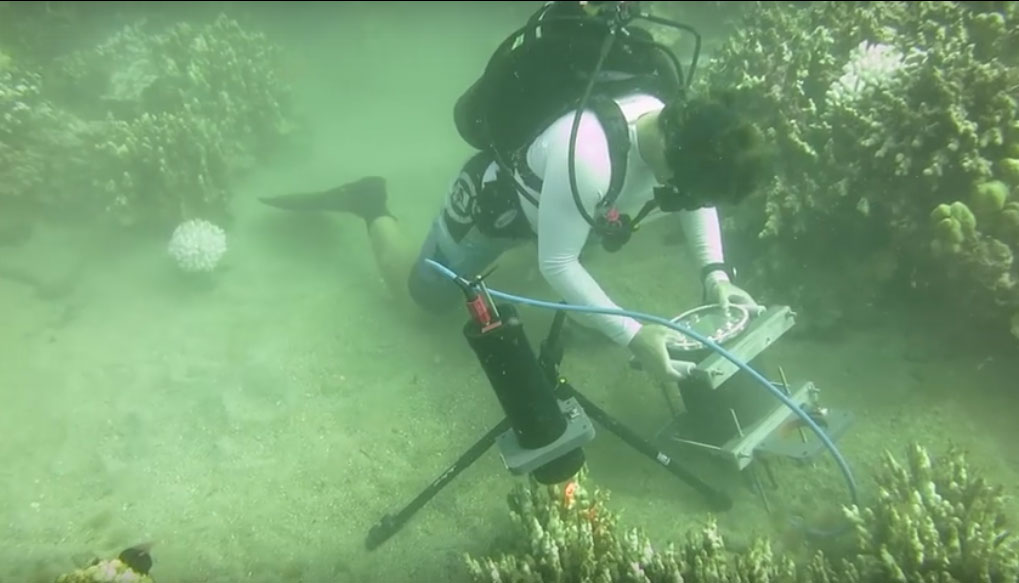

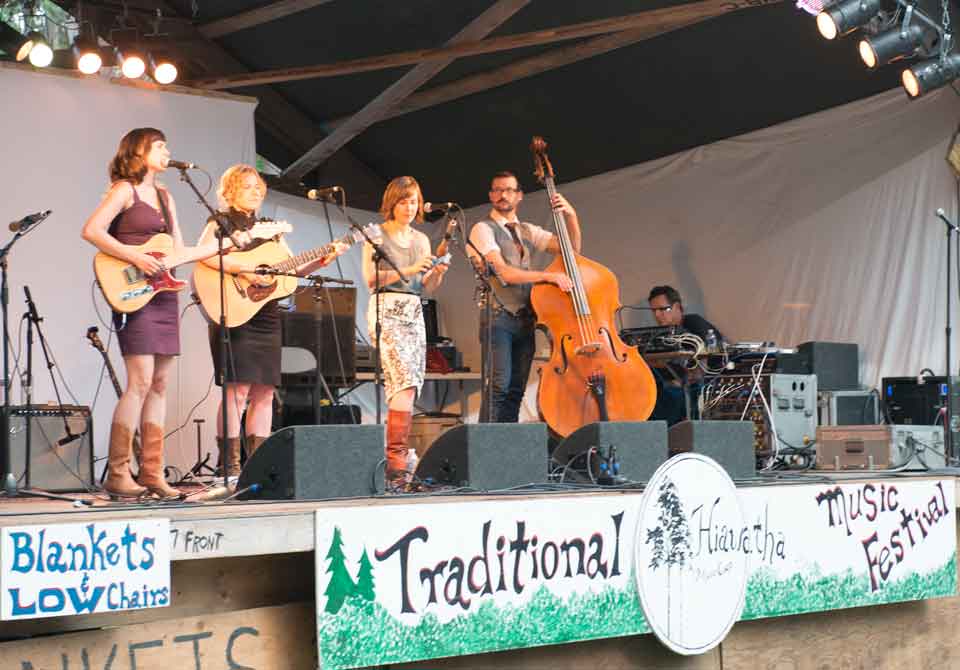
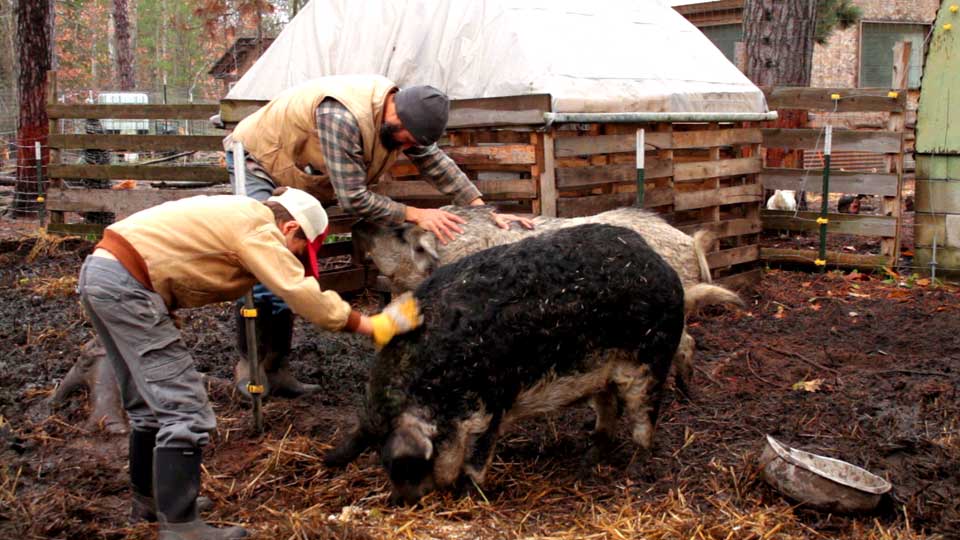

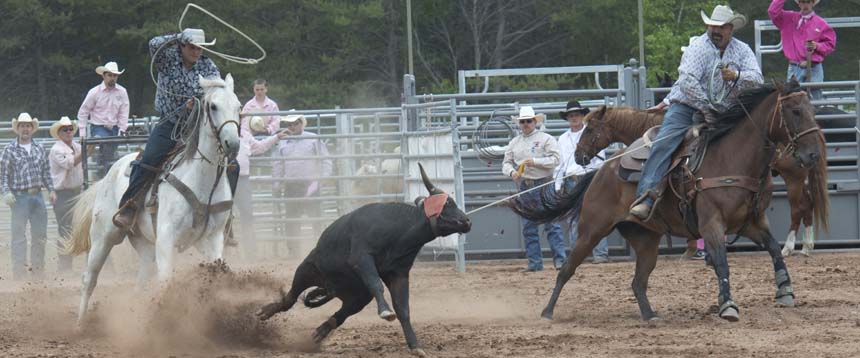
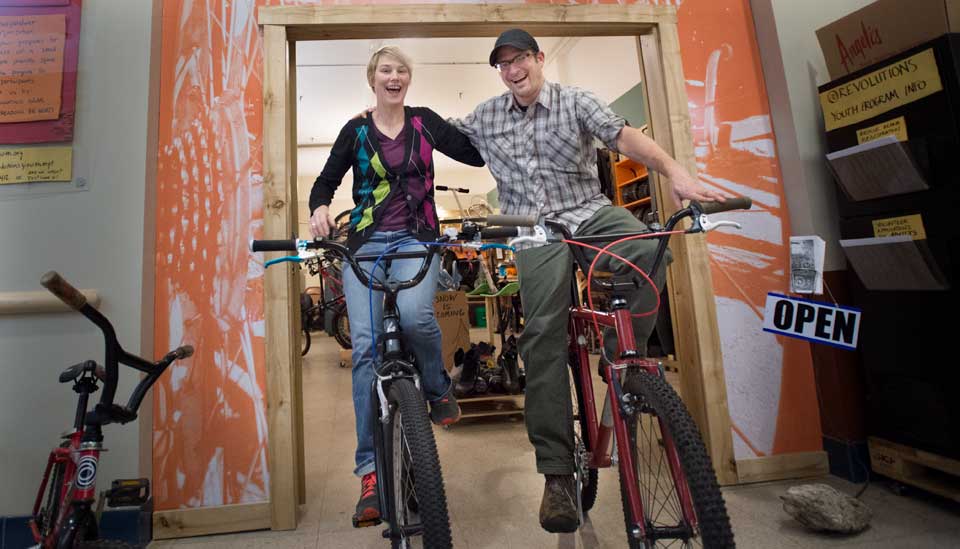
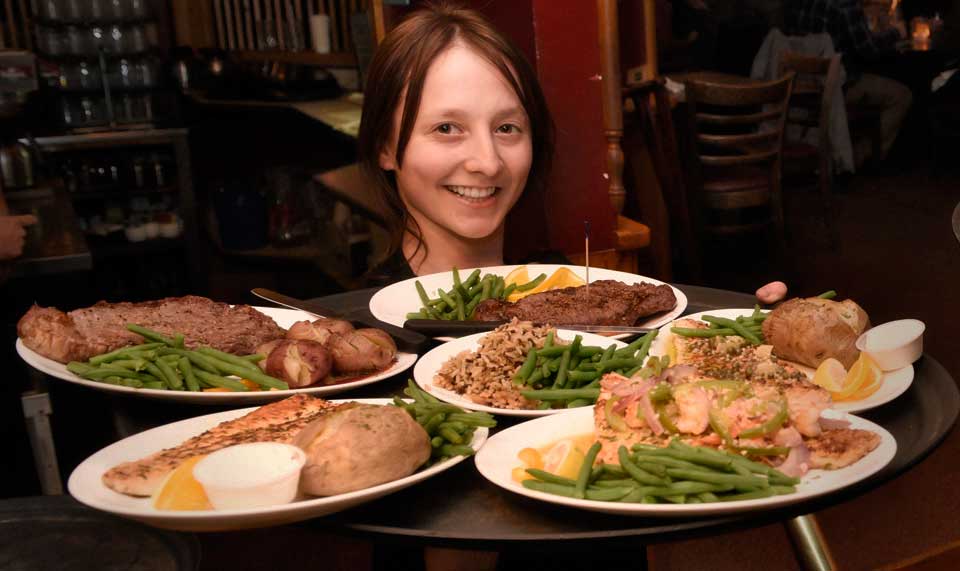
You must be logged in to post a comment Login